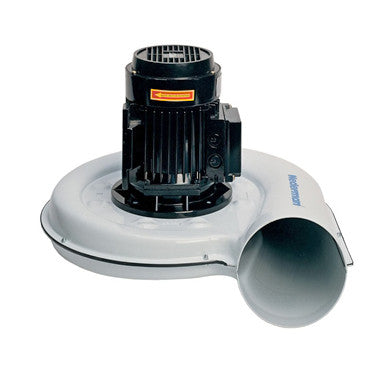
OSHA makes these recommendations about natural and engineered ventilation: Ventilation is crucial for drawing fumes away from a welder’s breathing zone. Be aware, however, that your operation may have additional state and local requirements. A reference to PELs and TLVs is the Pocket Guide to Chemical Hazards published by the National Institute for Occupational Safety and Health (NIOSH). These estimates of the exposure level a worker can tolerate over a career, are based on current scientific research and may be lower than PELs. Many welding operations strive to stay within Threshold Limit Values (TLVs) spelled out by the American Conference of Governmental Industrial Hygienists (ACGIH). Metals that are more toxic, including chrome, manganese, stainless steel, nickel, and cadmium, have stricter PELs. For example, for aluminum, iron, and mild steel, the PEL is 5 milligrams of particulates per cubic meter of air (5 mg/m3) averaged over an 8-hour period. Instead, OSHA enforces Permissible Exposure Limits (PELs) for specific metals, reflecting limits over specific periods of time. There’s no single guideline for weld fume exposure. Breathing metal particulates and gases is associated with a number of health effects, according to the Occupational Safety and Health Administration (OSHA) in its fact sheet on the issue. Metal particles in weld fumes are 50 to 75 times smaller than the width of a human hair, making them extremely easy to inhale. Whether you perform fusion welding that applies only heat (electric arc, gas or laser processes) or combine heat and pressure in your welding and cutting processes, the results are the same: All methods generate hazardous fumes. Smaller particles present a greater danger, and exposure to metal oxides and gas byproducts is one of the leading hazards welders face.

The size of the particles can influence the toxicity of the fumes. Weld fume also contains additional small particles. These gases can be hazardous if ventilation is inadequate. In addition to oxide particles, many processes also produce gases such as carbon dioxide and ozone. Welding generates gas and smoke containing various types of oxide particles.


 0 kommentar(er)
0 kommentar(er)
